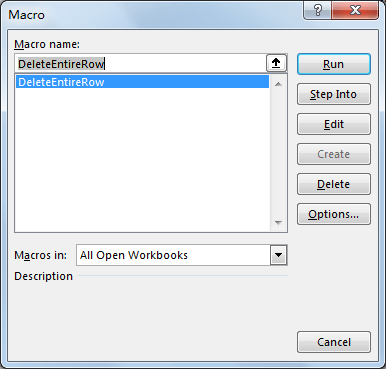
LncRNAs show relatively low evolutionary conservation of primary structure, contrasting with a frequent conservation of their function ( Pang et al. However, lncRNAs have very limited or no protein-coding potential.

Long non-coding RNAs (lncRNAs) are arbitrary defined as RNAs larger than 200 bp in size many of them are capped, spliced, polyadenylated, and synthesized from RNA polII promoters ( Derrien et al. Transcription profiling using expression arrays and next generation RNAseq in both humans and model organisms has revealed that most of the genome is transcribed as non-coding RNAs ( Carninci et al.

No changes in Foxf1 expression were observed, suggesting that the regulation of FOXF1 expression differs between mouse and human. Our results indicate that homozygous loss of Gm26878 is neonatal lethal with low penetrance. Very recently, this mouse genomic region has been shown to function as a Foxf1 enhancer. To investigate the biological significance of lncRNAs in the FOXF1 enhancer region, we have generated a CRISPR/Cas9-mediated ~ 2.3 kb deletion involving the entire lncRNA-encoding gene Gm26878, located in the mouse region syntenic with the human FOXF1 upstream enhancer. We have previously defined a human lung-specific enhancer region encoding two long non-coding RNAs, LINC01081 and LINC01082, expressed in the lungs. Homozygous Foxf1 −/− mice have been shown to die by embryonic day 8.5 because of defects in the development of extraembryonic and lateral mesoderm-derived tissues, whereas heterozygous Foxf1 +/− mice exhibit features resembling ACDMPV. Heterozygous point mutations in FOXF1 and genomic deletion copy-number variants at chromosomal region 16q24.1 involving FOXF1 or its regulatory region mapping ~ 300 kb upstream to FOXF1 and leaving it intact have been identified in the vast majority of patients with a lethal neonatal lung disease, alveolar capillary dysplasia with misalignment of pulmonary veins (ACDMPV). Recent genome editing techniques, including CRISPR mutagenesis screens, offer unparalleled opportunities to study the regulatory non-coding genomic regions, enhancers, promoters, and functional non-coding RNAs.


 0 kommentar(er)
0 kommentar(er)
